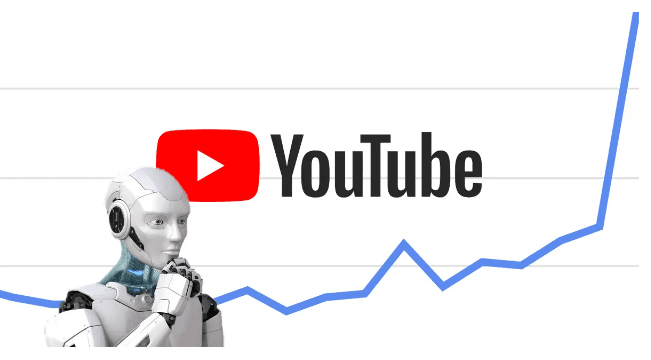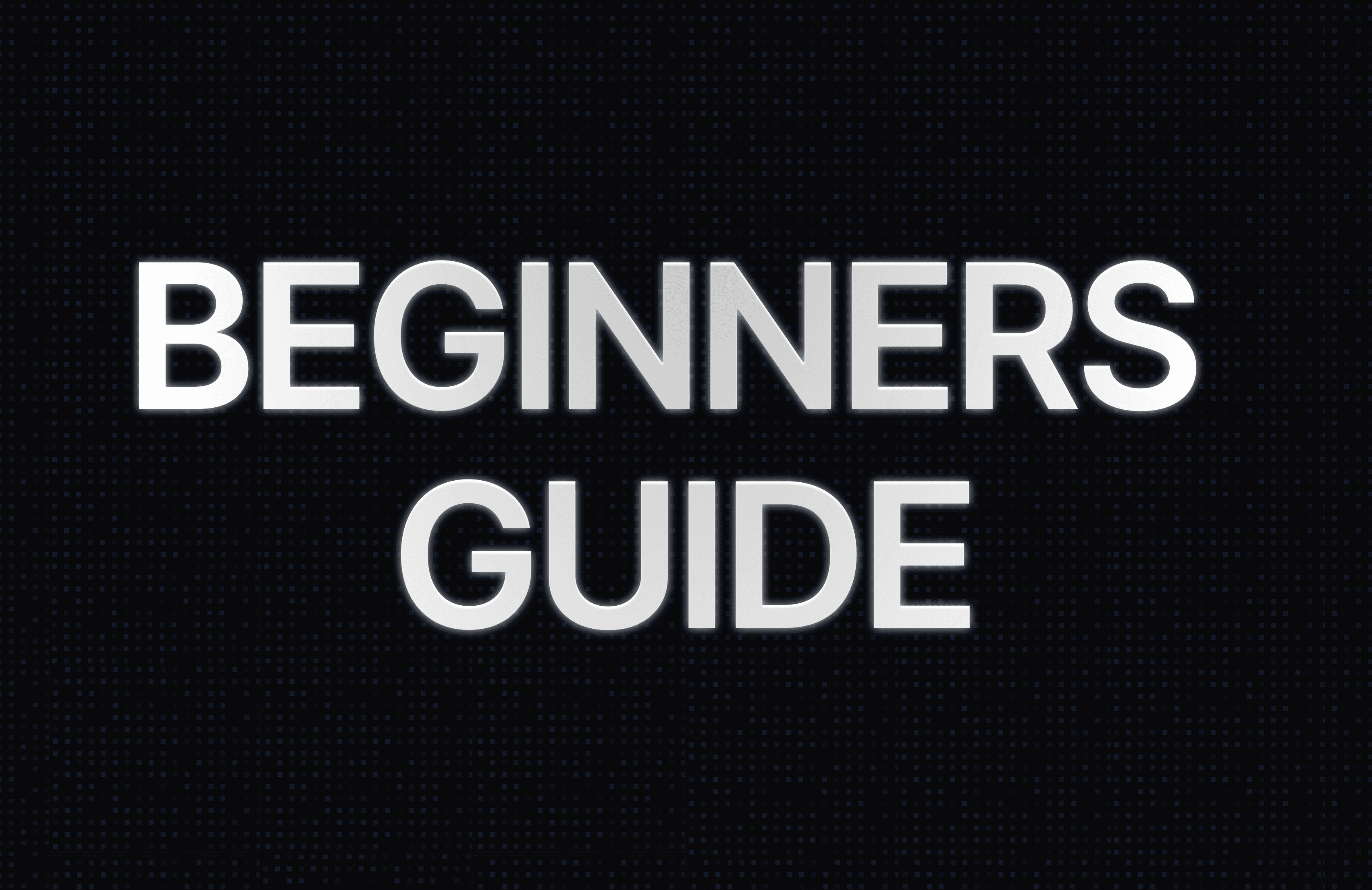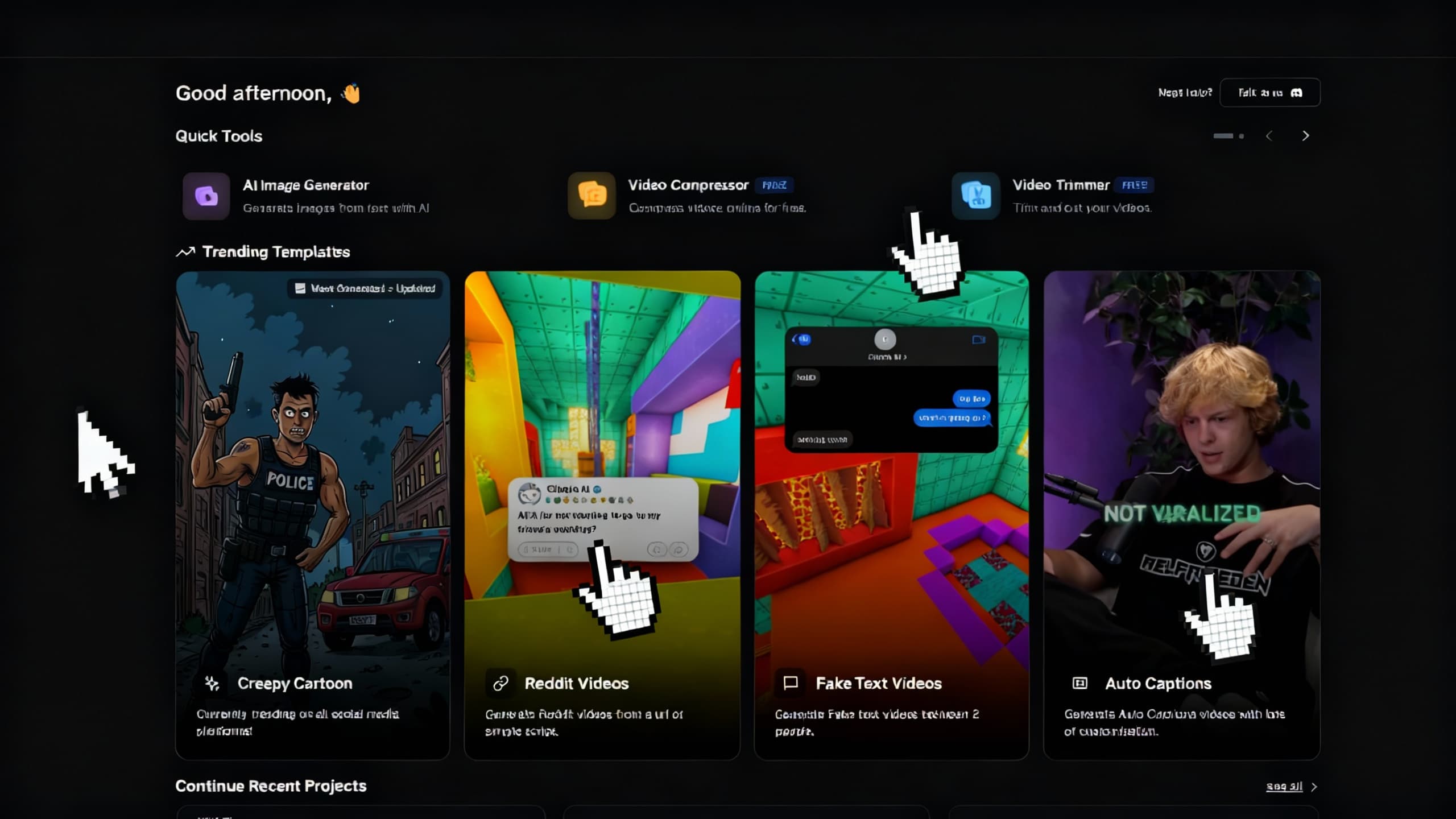What Actually Works on YouTube Shorts in 2025
Going viral on YouTube Shorts isn’t about luck, it’s about giving the algorithm exactly what it wants. Discover current engagement metrics, posting strategies, and how Clippie AI can help you create content that ranks and converts.

Learn what works on YouTube Shorts in 2025 with this algorithm-focused guide. Discover current engagement metrics, posting strategies, and how Clippie AI can help you create content that ranks and converts.
Table of Contents
How the Shorts Algorithm Has Evolved
Current Engagement Metrics That Matter
Algorithm-Optimized Posting Schedule
Community Interaction and Watch History Influence
Optimizing for the Algorithm with Clippie AI
Final Insights: Creating Algorithm-Friendly Content
1. How the Shorts Algorithm Has Evolved
Since its beta launch, YouTube Shorts has undergone major algorithm changes. Initially, success relied heavily on luck and trending sounds. But in 2025, the platform rewards retention, watch behaviour, and relevance.
Here’s what’s changed:
❌ No longer just about hashtags or music trends
✅ Now focused on repeat views, completion rate, and content category alignment
✅ Prioritizes creators with consistent posting and a clear niche
Today, the algorithm acts more like a recommendation engine. It surfaces Shorts to viewers based on watch history, engagement preferences, and community interactions, not just what's trending.
2. Current Engagement Metrics That Matter
If you're wondering why some Shorts go viral while others flop, it’s all about the right signals.
🎯 Key Metrics in 2025:
Watch Time / Retention Rate – The higher the % of video watched, the more it gets pushed.
Replays / Loop Completion – Short videos that loop seamlessly are rewatched more.
Likes & Comments – Strong social signals show YouTube the content is resonating.
Shares / Saves – These indicate high content value.
Click-Through Rate (CTR) – For Shorts on the homepage or subscriptions feed.
Pro Tip: Use a hook in the first 1.5 seconds and end with a question or CTA to spike comments and replays.
3. Algorithm-Optimized Posting Schedule
Consistency beats randomness. The algorithm favours creators who post consistently and at times their audience is most active.
Best Practices:
📆 Post 1–3 Shorts per day (ideally spaced out 4–6 hours apart)
⏰ Best posting windows:
Morning (7AM–10AM)
Evening (5PM–8PM) – aligns with peak scrolling time
📊 Use YouTube Studio to analyze your viewers' active hours
Batching content with a tool like Clippie AI allows you to stick to this schedule effortlessly, even with a full-time job.
4. Community Interaction and Watch History Influence
YouTube’s algorithm isn’t just focused on video content alone it’s deeply influenced by viewer behaviour, engagement signals, and historical patterns of what people are already watching. Understanding how these signals feed the Shorts algorithm is critical for creators aiming to grow their reach, especially if you’re building a faceless brand or just starting from scratch.
🔁 The Power of Watch History
When someone watches a Short, YouTube starts building a behavioural profile based on that action. The platform clusters users into viewing segments based on what they tend to watch repeatedly. If your content aligns with what a certain group of viewers enjoys let’s say tech reviews, fake text story content, or productivity hacks then YouTube is more likely to recommend your videos to other users within that cluster.
This means that your content can show up in the Shorts feed of someone who has never seen your channel before, simply because they watched a similar style or format. It’s a powerful discovery tool but only if your content fits clearly into a recognizable theme or niche.
💬 Comments Are a Signal, Not Just a Feature
Beyond watch time and swipe-through rate, YouTube uses engagement metrics like comments and replies to measure how “socially alive” your video is. If viewers are commenting on your Shorts, especially early on after posting, it tells the algorithm that your content is sparking interest, curiosity, or conversation all of which are green flags for wider distribution.
Even better, when you reply to those comments, it boosts the perceived activity level of the video. This interaction loop gives your Short extra momentum, increasing the chances that YouTube continues pushing it out to similar viewers. Engagement begets more visibility.
🧠 Why Staying in a Single Niche Matters
YouTube wants to know what kind of content you make so it can deliver it to the right people and the algorithm learns this over time. By consistently posting Shorts within a single niche (e.g., “top 5 apps,” “daily motivation,” or “fake text story dramas”), you create what’s called a content cluster.
Once this cluster is strong enough, YouTube begins associating your channel with that category. So when someone watches multiple Shorts in your niche even from other creators your content has a higher chance of being recommended next. Think of it as earning a spot in a curated playlist that YouTube is constantly reshuffling for users.
✅ Pro Tips for Creators:
Post consistently within your niche. Avoid jumping around between unrelated topics if your goal is to grow fast.
Engage with early viewers. Heart their comments, respond authentically, and create a feedback loop that boosts activity signals.
Leverage pinned comments. Add context, call to action, or even link to a related Short to guide engagement.
Study top-performing channels in your niche. Take note of what kinds of comments they get and how they respond.
5. Optimizing for the Algorithm with Clippie AI
To truly master YouTube Shorts in 2025, you need to systematize content creation. That’s where Clippie AI becomes your secret weapon.
🚀 How Clippie AI Helps You Dominate the Shorts Algorithm:
🧠 Smart Video Templates – Clippie’s formats (like Text Story, Top 5, and Would You Rather) are designed to boost engagement and retention.
🎙️ AI Voiceovers – Optimized for pacing, emotional tone, and replay value.
🎞️
Seamless Looping – Helps increase watch time and boosts video performance.
🎯 Niche Focused Tools – Clippie is designed for faceless creators targeting high-traffic niches like:
Productivity
Motivation
Drama/text stories
Finance
AI tools
💬 Call-to-Action Automation – Drive likes, comments, and follows at the right moments.
And the best part? You can generate multiple Shorts in one sitting, keeping your posting schedule consistent without burning out.
6. Final Insights: Creating Algorithm-Friendly Content
Here’s the truth: going viral on YouTube Shorts isn’t about luck, it’s about giving the algorithm exactly what it wants.
Key Takeaways:
Master your niche – Stick to one content type to build audience trust and recommendation strength.
Optimize for retention – Use fast hooks, seamless loops, and emotional delivery.
Engage actively – Respond to comments and keep your community engaged.
Stay consistent – Post regularly at optimized times to feed the algorithm data.
Leverage automation – Use tools like Clippie AI to scale your creation process without losing quality.
In 2025, the creators who succeed are those who understand the system and use smart tools to support their strategy.
🎯 Ready to create algorithm-optimized Shorts that actually grow your channel?
👉 Get started with Clippie AI and start building content that ranks, resonates, and earns.
Read more

Best AI Alternative to AI Cut Pro: Complete 2025 Creator's Guide
Discover why Clippie AI is the top AI Cut Pro alternative for creators. Compare features, pricing, and results for viral short-form video creation.

The Ultimate Beginner’s Guide to Clippie AI (2025): Plans, Credits, Top-Ups, and How It All Works
Learn all about Clippie AI in 2025, including subscription plans, AI credits, and top ups, to help you create faceless videos quickly and grow your content effortlessly.

Building a Viral Workflow with Clippie AI (2025 Edition)
Learn how to build a viral, automated content workflow using Clippie AI. Discover daily systems, templates, and monetization workflows that help creators scale across TikTok, YouTube, and Instagram.